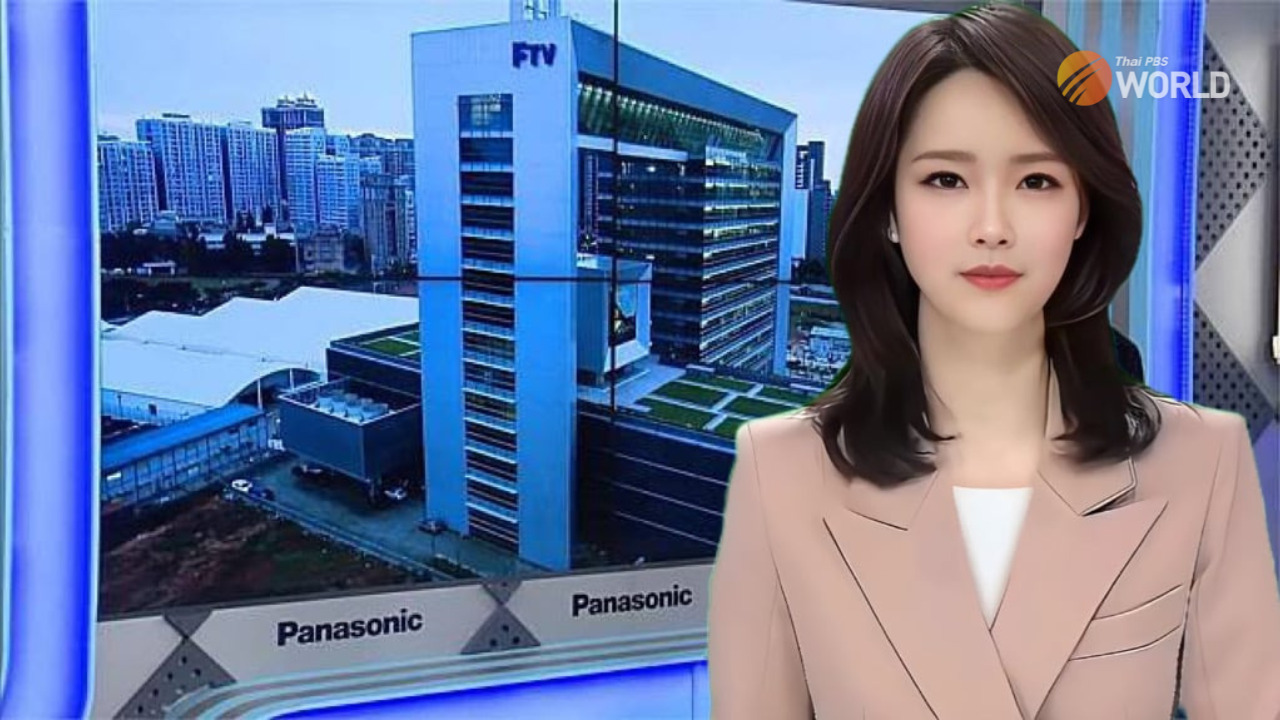This generation has no doubt disclosed a significant advancement in technology with the presence of the artificial intelligence (AI) system. From helping with daily needs up to managing to do a job for an individual, this technology really is a development for human beings.
One of the fields that the AI system has innovated in, journalism and broadcasting, has also been impacted by this technology.
To name some, here are the countries that have delved into the world of AI to deliver news and updates to society.
1. China

China was the first country to debut an AI-generated anchor, unveiling Zhang Zhow as its virtual anchor during the World Internet Conference in 2018.
The said artificial broadcaster became a part of a state-run news agency to deliver news and updates with the use of the English language.
During the debut of Zhang Zhow as the first virtual news anchor, it was mentioned that he could man the desk station of the media outlet for over 24 hours to deliver the news; hence, the broadcaster also disclosed that he is still in the process of development in the said field.
2. India

Earlier this year, an Indian media outlet named OdishaTV introduced its first AI-generated anchor named “LISA.”
As disclosed by the media outlet, LISA is considered to be India’s first regional AI anchor in the field of broadcasting and is the first news AI presenter to use the Odia language.
OdishaTV mentioned that LISA knows different languages; hence, she is currently focusing on delivering news in Odia and English as a priority to benefit its viewers in the community. Hence, the media outlet still confirmed that they will work on LISA’s delivery of news in other languages to also have a wider scope of audience.
LISA has been reporting on research-based subjects and breaking news for the past months for both the network’s television and digital platforms.
3. Malaysia

Diverting into the world of artificial intelligence, Malaysia also introduced its virtual news anchors, namely Joon and Monica.
The said artificial broadcasters were launched by one of Malaysia’s known broadcasting news companies, Astro Awani.
Joon was unveiled to deliver news using the Malay language during the evening news broadcast, while Monica debuted during the Agenda AWANI talk show that is scheduled every evening.
As mentioned in a previous interview with the editor-in-chief of Astro Awani, the said virtual anchors are not launched to pressure or replace their human talents; hence, it is their way to strengthen the quality of news that they share in the community.
4. Indonesia

After the presence of AI-generated anchors in different countries, Indonesia also unveiled its take on the said innovation, launching a set of virtual broadcasters for its local news media outlet, TvOne.
TvOne debuted its artificial anchors, namely Kiko, Nadira, Sasya, and Roni. In an interview with the media outlet, the said AI-generated broadcasters are still monotone in their news delivery as it is not yet interactive, unlike the previously mentioned artificial anchors.
Hence, the said technology was considered a help for them to deliver news in a fast-paced manner together with other journalists and broadcasters.
5. Mexico

Just last March of this year, the Mexican radio network Radio Fórmula introduced its virtual anchor, NAT, to present its news capsules to its audience.
As disclosed by the radio network in a prior interview, NAT is a female anchor who has the goal of providing updates on the Mexican community just like other anchors do.
Radio Fórmula also stated that NAT will be appearing from morning to evening to give updates on both its radio network and social media channels.
Based on its technical team, the radio network’s AI anchor took over a month to develop, and it is doing constant training with other journalists to give accurate and precise news to the audience.
6. Kuwait

On April 9, Kuwait News debuted its AI-generated news anchor named “Fedha” on its Twitter account, as she speaks the Arabic language in introducing herself as the new broadcaster for the said media outlet.
أول مذيعة في #الكويت تعمل بالذكاء الاصطناعي
• #فضة.. مذيعة #كويت_نيوز الافتراضية
• ما هي نوعية الأخبار التي تفضلونها بتقديم #فضة زميلتنا الجديدة؟ .. شاركونا آراءكم pic.twitter.com/VlVjasSdpb
— كويت نيوز (@KuwaitNews) April 8, 2023
According to an interview with an international media outlet, Kuwait News launched such technology on its platform to cater more to updated and innovative content, noting that artificial anchors are now a hit in some countries.
Fedha is a female news anchor who has blonde hair and light-colored eyes that were disclosed to depict the typical visuals of the country’s population.
7. Taiwan

On July 3, Taiwan introduced its first AI-generated news broadcaster through a short weather forecast update on a local media outlet.
According to Taiwan’s digital television channel, the virtual anchor was created through Artificial Intelligence Global Company’s technology and still has no name to be disclosed.
Moreover, the said broadcaster has the capacity to have a background on past news broadcasts and a fast pace in enhancing its manner of speech and way of delivering the news.
8. Philippines

Just recently, the Philippine media also debuted its artificial news anchor as it unveiled the newest sportscasters for the National Collegiate Athletic Association.
On September 23, the local news company GMA News introduced Maia and Marco to be reporters for the upcoming season of the collegiate tournaments. “PHILIPPINES, MEET YOUR FIRST AI SPORTSCASTERS! Maia and Marco are here to help sports fans keep up with the latest sports news and updates,” the news company captioned.
According to the head of its regional and local news field, AI sportscasters is considered a “groundbreaking” step for the company, noting its wider scope of services to Filipinos not only in the country but also in other parts of the world.
“We embrace emerging technologies to stay at the forefront of the media industry by providing our audience with a modern and engaging sports news experience. Through this initiative, we continue to fulfill our commitment to providing valuable information and enriching the lives of Filipinos worldwide,” Head of Integrated News, Regional TV, and Synergy Oliver Amoroso said in an interview.
In a press conference, the news media outlet disclosed that Maia and Marco were made with the use of image generation, text-to-speech AI voice synthesis, and deep learning face animation technology.
The airing of the first artificial anchors in the Philippines was done after the announcement of the television network on their social media platform.
Considering this innovation in relation to the growth of artificial intelligence, what is your take on having these artificial anchors deliver news and updates to the community? Do you agree or disagree with this step toward AI in journalism?
Photo credit:
https://odishatv.in/, https://twitter.com/KuwaitNews, https://www.youtube.com/@GrupoFormulaOficial, https://www.ftvnews.com.tw/, https://www.facebook.com/gmanews
https://odishatv.in/, https://twitter.com/KuwaitNews, https://www.youtube.com/@GrupoFormulaOficial, https://www.ftvnews.com.tw/, https://www.facebook.com/gmanews





















